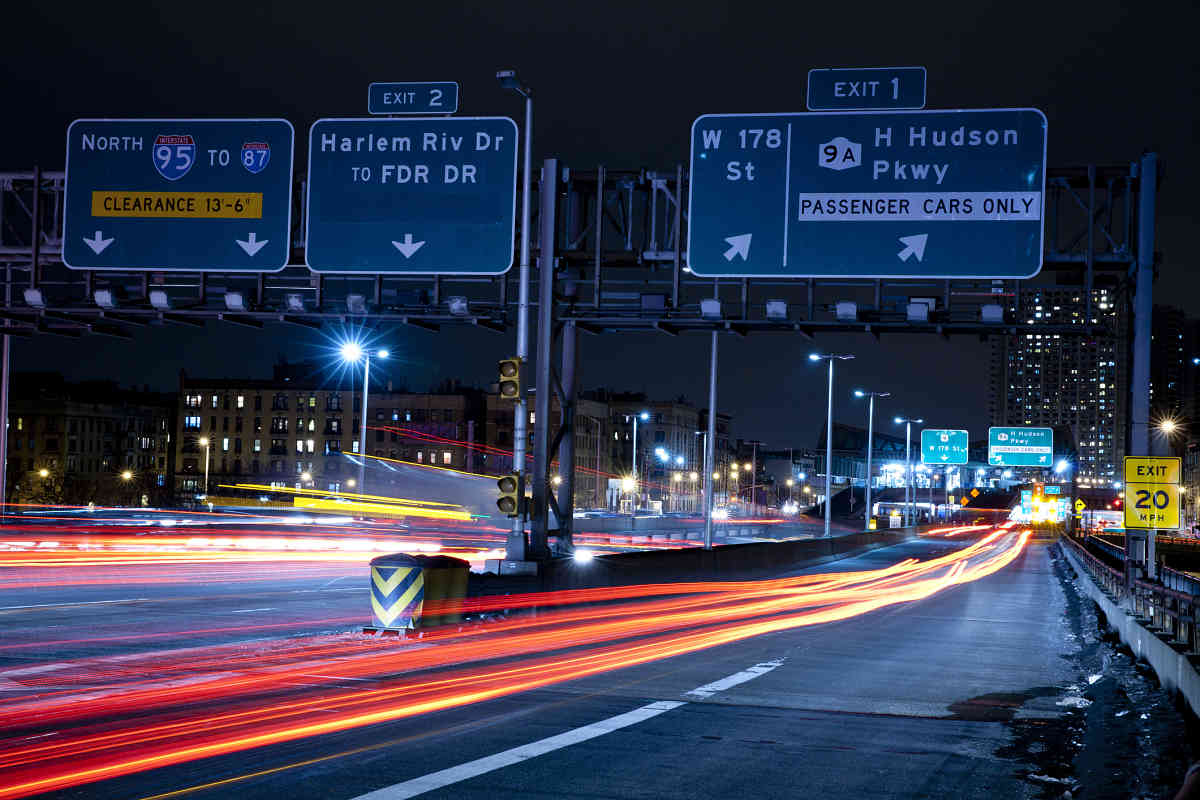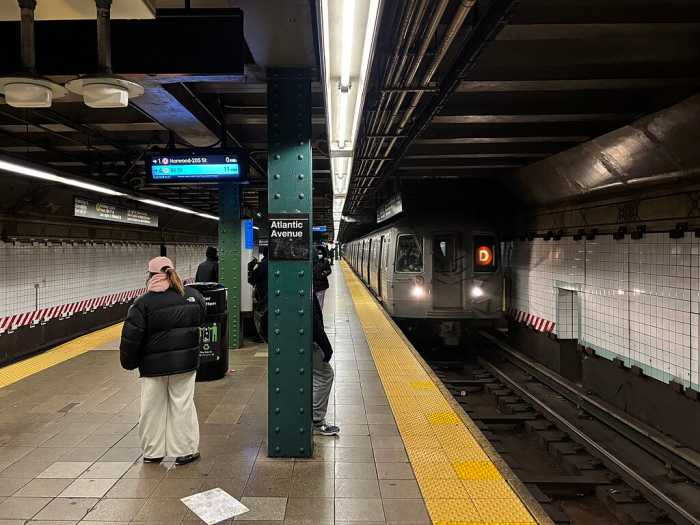The state Legislature and Gov. Andrew Cuomo passed congestion pricing on Sunday as part of the state’s $175 billion budget.
Analysts say the move will only affect between one and two percent of the Kings Countians who drive cars into the distant isle of Manhattan below 60th Street, but local cyclists say the scheme will also transform the commutes of thousands of Brooklynites who commute on two wheels, by reducing the number of overall cars on the roadways and leaving more room for alternative forms of transportation.
“Brooklyn drivers will barely be impacted by congestion pricing, according to some recent studies, and it will greatly improve the overall streetscape south of 60th Street to the benefit of thousands upon thousands of Brooklyn cyclists and pedestrians that commute into Manhattan daily,” said Ridgite Dan Hetteix, a member of the newly-formed cycling advocacy group Bike South Brooklyn.
City data shows that the amount of cyclists who ride from the Borough of Churches into the distant isle has grown exponentially within the past decade: an average of 10,429 cyclists per day rode into Lower Manhattan over the Brooklyn and Williamsburg bridges during the seven-month period of April – October 2017 — nearly forty percent more than the number of cyclists who rode over those bridges during the same period nine years earlier.
The Big Apple is now the first city in the nation to implement congestion pricing, which will charge a yet-to-be-determined fee to drivers entering Manhattan within the affected boundary at peak times beginning in 2021, according to the governor’s office, which added that drivers of passenger vehicles will not be charged more than once per day.
The Triborough Bridge and Tunnel Authority and a new traffic mobility review board will determine the cost of the toll and which drivers will receive exemptions, according to a report in the New York Times, which added that 80 percent of the toll revenue will be directed to the subway and bus systems, while the last 20 percent will be evenly split between the Long Island Rail Road and the Metro-North Railroad.
Proponents of the decades-old idea have said the pricing will provide about $1 billion annually to the MTA, which the agency could use to secure bonds for up to $15 billion to fund improvements to the city’s beleaguered subway system, according to AM New York. And analysts say that the tolls will impact a marginal number of Brooklynites: a rep for the independent Regional Plan Association said on the Brooklyn Paper Radio Show last month that the pricing scheme will impact only 1.3 percent of Kings Countians.
And data compiled by pro-congestion pricing organization Tri-State Transportation Campaign predicted a slightly higher impact on the Borough of Churches, estimating that 2.4 percent of its commuters will regularly pay the charge, and adding that more than 60 percent of its residents take public transit and would benefit from transit improvements.
Mayor Bill de Blasio agreed on April 1 that congestion pricing will help fix what he called the “broken subway system,” and called the tolls “our best hope at getting the trains moving and ending the suffering our riders face every day.”
Those who oppose the measure, including Kings County’s own Assemblywoman Rodneyse Bichotte (D-Flatbush), charge that the pricing amounts to an unfair burden on the poor.
Other local pols — including Assemblywoman Mathylde Frontus (D-Coney Island) and state Sen. Andrew Gounardes (D-Bay Ridge) — signaled their lukewarm support for the plan’s potential to improve the subways, but said they also worried about the impact the fares could have on the less than four percent of their constituents who commute into the distant isle by car.
Gounardes — who represents the transit-starved district of Dyker Heights, Bensonhurst, Bath Beach, Gravesend, Gerritsen Beach, Manhattan Beach — called himself “cautiously supportive” of the plan, but said he would withhold his full support until the Triborough Bridge and Tunnel Authority released more details on the fares and which, if any, drivers would be exempt from paying them.
“Congestion pricing, as a means to fund critical infrastructure improvement, is a start, but the devil is in the details,” Gounardes told this newspaper. “Southern Brooklyn elected me to fight for desperately needed transit upgrades and protect their bottom line, not the MTA’s.”
Other cities that already use the tolling scheme — including London and Stockholm — have seen environmentally beneficial results, according to pro-congestion pricing campaign Fix Our Transit. In London, the measure has reduced traffic by 15 percent and reduced greenhouse gas emissions by 20 percent, and in Stockholm, congestion pricing has cut in half the number of children who sought treatment for asthma at local hospitals, according to Fix Our Transit. A rep for the national Environmental Defense Fund advocacy organization said the Big Apple’s new tolling plan will set a precedent for other cities across the nation by improving air quality and encouraging alternative forms of transportation.
“As the first place in the United States to implement congestion pricing, New York will help lead the way for other cities and states that are serious about tackling pollution from transportation,” said New York regional director Andy Darrell. “New Yorkers everywhere can finally celebrate this win, with fewer cars on the road and cleaner air for all.”






















